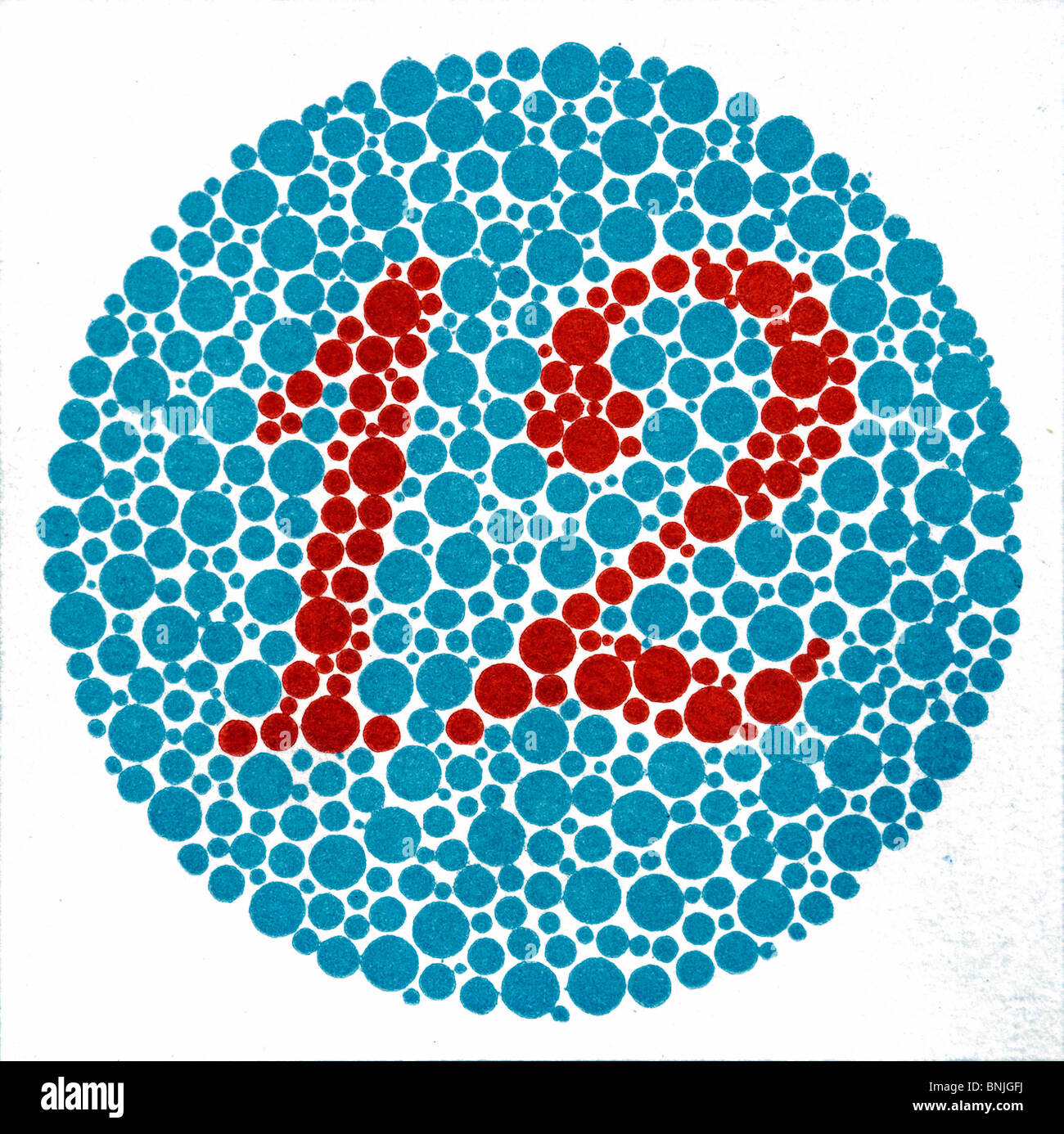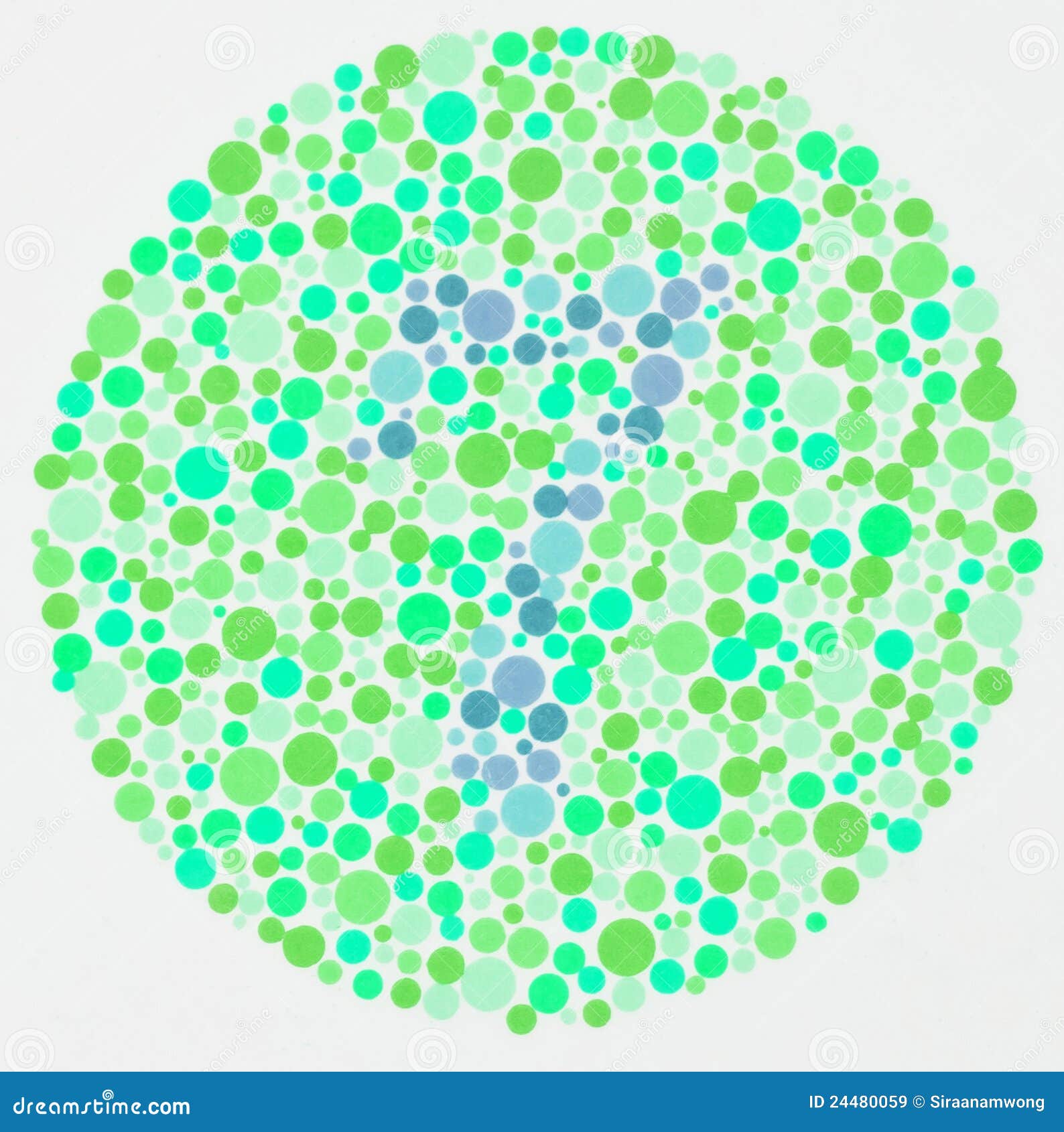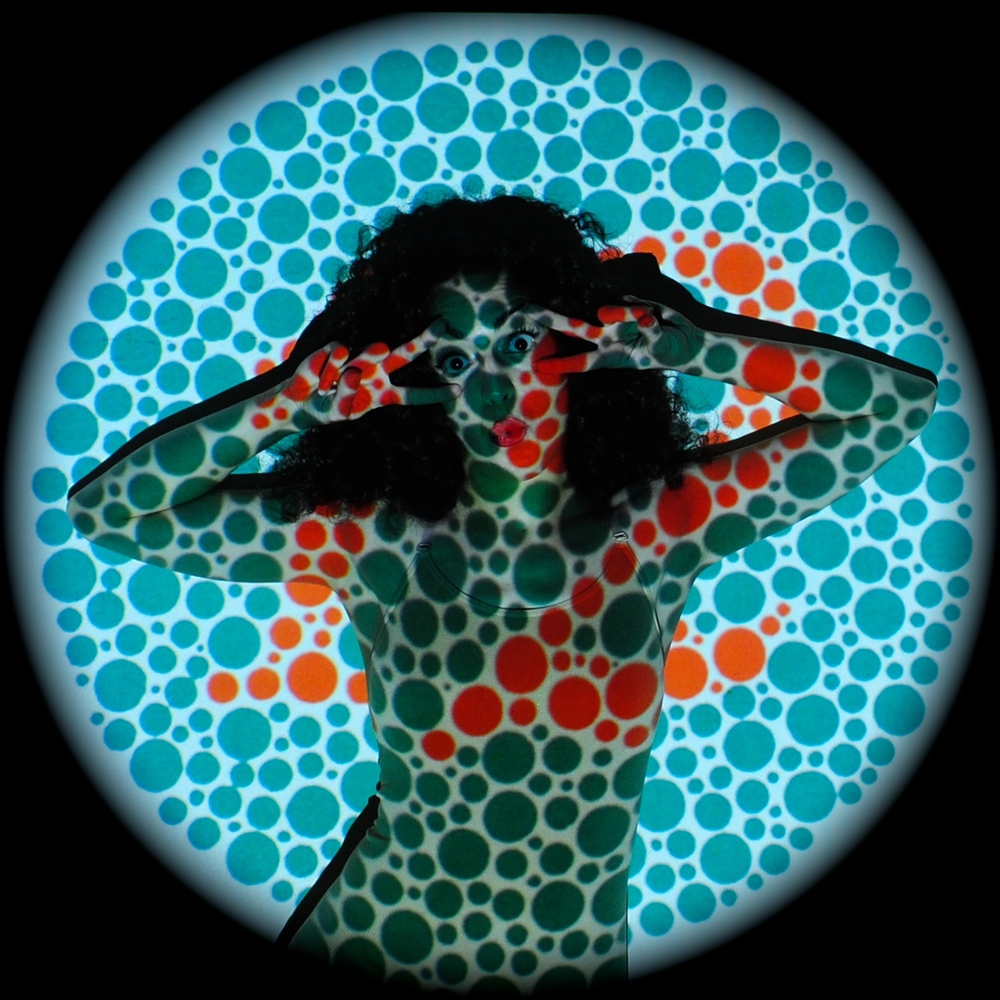



Red Green color blindness is the most common form of color blindness. But what does it mean? And how do people with it see things?


About 8 to 10% of males and 0.5% of females have some form of color blindness. Here are actionable elements on how to design for color blindness.


Colorblindness and Achromatopsia “People say to me, it must suck not to see colour. I’m thinking, I’ve never seen it. So I don’t know.’ ” …
Red-green color blindness is a generic term for protanopia (red-blindness), protanomaly (red-weakness), deuteranopia (green-blindness), and deuteranomaly (green-weakness).
Blue yellow color blindnes is far less common than red green color blindness. How does it work, and how do people with it see the world?
High Medium Low; Green and Red: Light Green and Yellow: Blue and Yellow: Green and Brown: Blue and Grey: Yellow and Violet: Blue and Purple: Green and Grey: Dark blue …
Color blindness, specifically, red green color blindness, is typically inherited, however, it can also be acquired. Learn more about causes and treatment for color blindness.
Actually the wording blue-yellow color blindness is misleading. People affected by tritan color blindness confuse blue with green and yellow with violet. So the term blue-green color blindness would be more accurate because the colors blue and yellow are usually not mixed up by tritanopes.
Based on clinical appearance, color blindness may be described as total or partial. Total color blindness is much less common than partial color blindness. There are two major types of color blindness: those who have difficulty distinguishing between red and green, and who have difficulty distinguishing between blue and yellow.

Blue-green/bottle green is a color that is a representation of the color that is between green and blue on a typical traditional old-fashioned RYB color wheel.. Blue-green belongs to the cyan family of colors.
